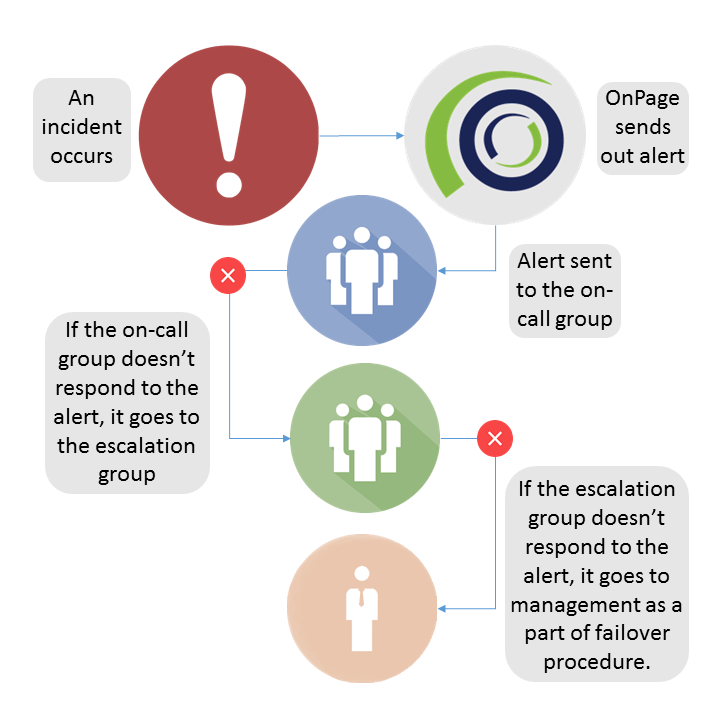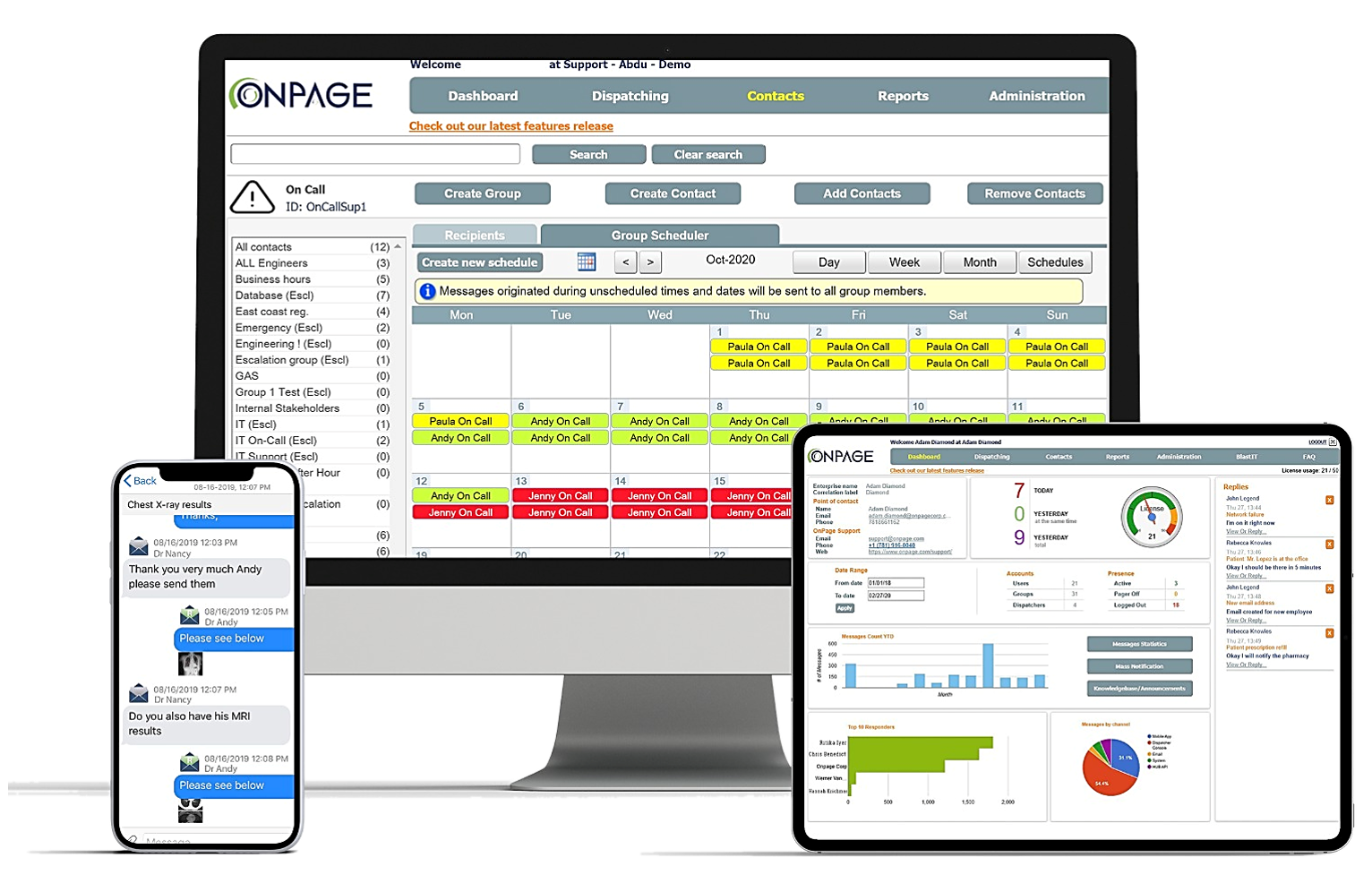What's ITIL?
Information Technology Infrastructure Library (ITIL) is one of the the most popular approaches to IT service management (ITSM) and is used by many successful organizations. ITIL allows the organization to establish a baseline from which it can plan, implement and measure future business strategy. ITIL is often used to demonstrate compliance and measure improvement.
ITIL began as a response of the British government to the growing use of IT in the ’80s. Britain wanted a process and order surrounding the use of IT. The result of the British government’s efforts were a set of recommendations and standard practices for IT management.
To date, service operation has become the most essential element of ITIL. Service operations ensure that an agreed upon level of service and quality are achieved, thus laying the groundwork for excellence.



.png)
.png)
.png)




.png)
.png)














